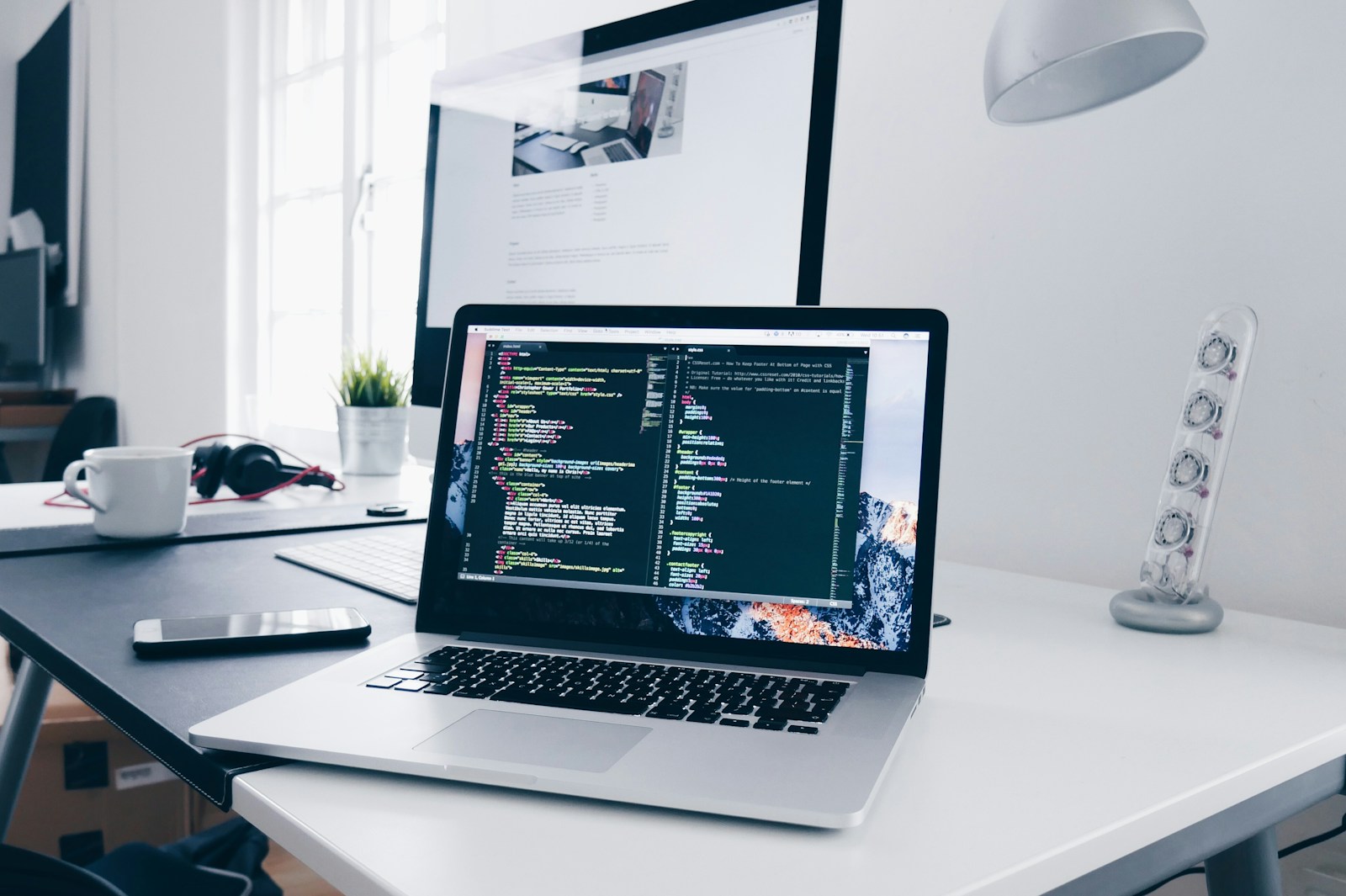If you think that artificial intelligence (AI) technology is something out of a sci-fi movie, think again. This technology has a real role in our society, and particularly in reshaping the way that both parents and teachers think about the school system.

- Education can be more personalized
Once a student of any age falls behind in class, this tends to snowball, getting worse over the course of days, weeks, and years. Artificial intelligence fills in the gap. Students can access individualized tutoring from other professionals as well as advanced classmates around the world. AI makes tutors available all of the time – not just during pre-set hours.
Students who need more teaching time can get it, and they don’t have to worry about the embarrassment of asking for extra help in front of their friends. Milka is one such app, which provides tutoring to college students with real-time feedback. Tutoring is available in multiple fields of study and allows for more hands-on attention.
AI technology also leads to the inclusion of more efficient teaching strategies. Teachers don’t have to teach by trial and error but can instead utilize intelligent computers to solve common teaching dilemmas – like how to deliver instruction on a complicated task – that will work the first time around.
- Information is presented in an understandable way
A child with a learning disability often struggles to read advanced texts. Artificial intelligence can easily transform a difficult text into a passage that is more easily processed. This is a great tool for children with learning disabilities, particularly because reading is the gateway to education in all disciplines.
AI technology also presents the opportunity for students to use virtual reality technologies. Virtual reality makes learning fun and accessible, allowing students to visit new places, objects, and ideas from the comfort of their own classrooms. There is no additional money required to use these cool AI technologies, like Google Goggles, and teachers don’t have to worry about scheduling stressful, expensive field trips to expose their students to new worlds.
- Feedback is more detailed – and easier to provide
One of the biggest challenges of helping a struggling student is figuring out how to find consistent and reliable feedback about that child’s performance. As a teacher in a large classroom, you might not have the time or resources to slow down to monitor a specific student. With AI technology, students can receive direct feedback – the system won’t move on until students show mastery of a topic, and they can work through coursework at their own pace.
- Data is readily available
Data is the savior of the classroom, both for teachers and for parents wanting to understand how their children are performing. Unfortunately, educational data can be hard to come by at best, and unreliable and subjective at worst. AI technology makes it possible for teachers to understand how their students learn best. Netex Learning, for example, offers tutors the ability to incorporate self-assessments in their lesson planning so that students themselves, instead of teachers, can determine whether they are ready to move on to the next chunk of material.
- Students can work with peers
The data supports it – students learn best when topics are explained to them by their peers. AI allows learners to collaborate and cooperate with each other to learn new concepts. Brainly is a social media site that allows students to ask and answer common classroom questions, creating a classroom community for a more personalized learning experience – but everything is delivered remotely.
- Communication is streamlined and accessible
AI technology can facilitate better communication among all parties, allowing parents to become more involved and take an active role in their child’s education. There are apps like TalkingPoints that help parents who do not speak English to communicate with parents, and others that help teachers schedule meetings with parents during off-duty hours from school.
- Students learn to correct their own mistakes
Some teachers worry that the inclusion of too much technology will result in a generation of learners that is too reliant on external sources of information. While this is a valid concern, there are even AI tools to address this. For example, if a teacher or student is worried about plagiarism, they can use this handy plagiarism checker to make sure the work passes muster. There are countless tools that students can use to make sure their material is original.
It’s not just behaviors and lesson planning that are now easier to manage with the inclusion of artificial intelligence. You can streamline your entire process by incorporating unique AI tools in your classroom or at home, as a parent. Teachers and parents who utilize AI technology have access to intelligent tutoring systems, smart content programs, and more, all of which allow students to learn and relearn at their own pace and skill level.
AI takes the one-size-fits-all approach out of education, and helps students become the directors of their own education. It takes the grunt work out of teaching so that a teacher’s job can become more effective and targeted. It is helping teachers and parents all over the world to become better at what they do.


